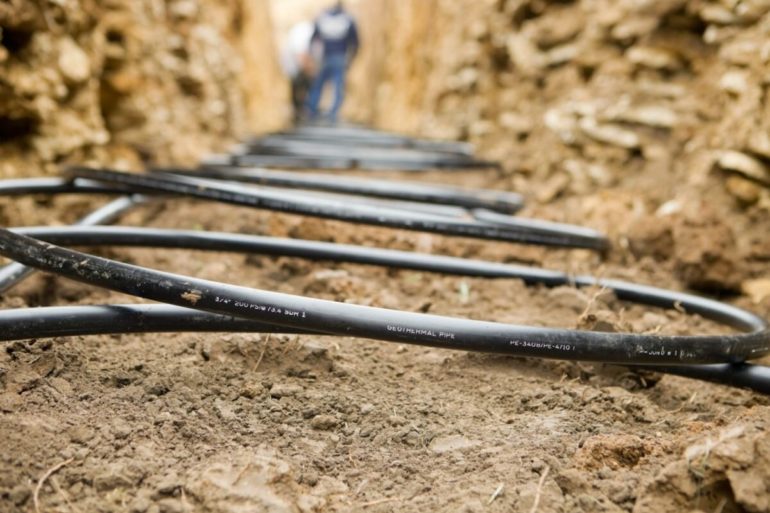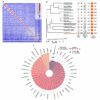Though the Earth’s deeper layers have been raging at thousands of degrees for billions of years, new research involving Florida Tech has shown that tapping into that heat to produce geothermal heating for urban regions on the surface has a far, far shorter lifespan.
Maybe just a few decades.
Florida Tech astrobiology assistant professor Manasvi Lingam, along with Alto University researcher Eero Hirvijoki and University of Western Australia researcher David Pfefferlé, recently published the paper, “Longevity and power density of intermediate-to-deep geothermal wells in district heating applications” in the European Physical Journal Plus. The team explored how practical it to use geothermal heating in northern, colder latitudes, places like Boston, Toronto London and Helsinki, Finland.
The researchers tested for options that can power districts, including commercial and residential properties, not small-scale systems. By examining the average amount of power requires per unit area for a city, the team has an idea of what will be required to power these places, thus helping guide their geothermal extraction research.
They have found that geothermal energy, after working well initially, weakens until after a generation or maybe a half-century, it becomes generally ineffective. This decline is due to shifts in the temperature gradient, a key element to geothermal heating.
Geothermal energy works by putting a pipe deep enough into the ground to tap into a warmer layer. That could be 30 feet down, it could be hundreds of feet or even deeper. Using water or another fluid, that heat is brought toward the surface, where the temperatures are cooler. These temperature differentials power the geothermal heating of cities and towns, and the gradient in temperature contributes to energy that can be extracted.
However, over time, the warmer bottom region begins to cool down, and the upper regions warm up, causing the temperature gradient to slowly decrease, Lingam and the researchers found. The more the gradient declines, the less amount of heat can be extracted.
An option explored by the team is the use of multiple pipes, with the principle of taking advantage of extracting heat from different spatial locations and distributing it accordingly. With the pipes extracting heat, temperatures would avoid becoming homogenous, thus allowing for the machines to run off the heat. While Lingam noted this procedure would help to some degree, it would only be a short-term solution, as the temperature gradient would become homogenous vertically and horizontally.
“This could work for a few decades, maybe even 40-50 years, but it wouldn’t be continuously effective for more than a century or thereabouts,” Lingam said. “They will need to need to start divesting off geothermal energy then more to solar or other forms of renewable energy.”
Study measures Switzerland’s potential geothermal heating capacity
More information:
Eero Hirvijoki et al. Longevity and power density of intermediate-to-deep geothermal wells in district heating applications, The European Physical Journal Plus (2021). DOI: 10.1140/epjp/s13360-021-01094-8
Provided by
Florida Institute of Technology
Citation:
New research shows geothermal heating may have limited longevity (2021, February 5)
retrieved 6 February 2021
from https://techxplore.com/news/2021-02-geothermal-limited-longevity.html
This document is subject to copyright. Apart from any fair dealing for the purpose of private study or research, no
part may be reproduced without the written permission. The content is provided for information purposes only.



